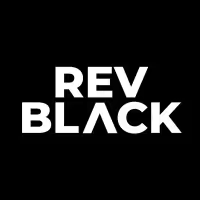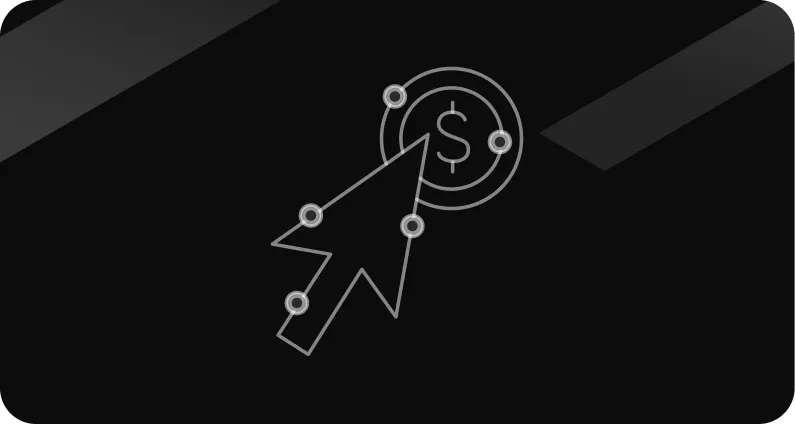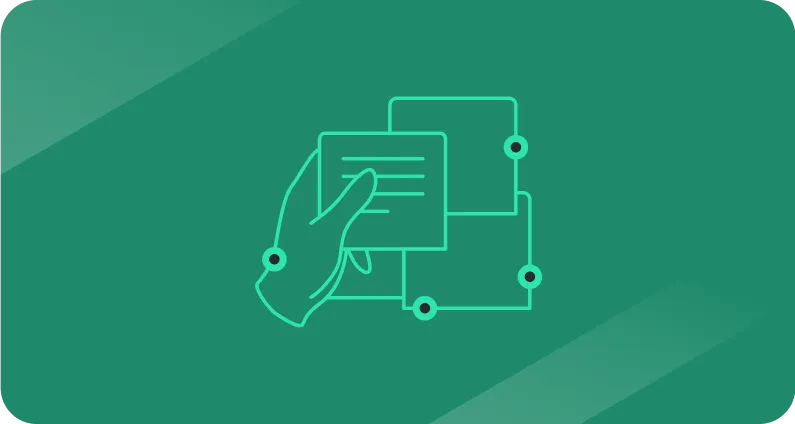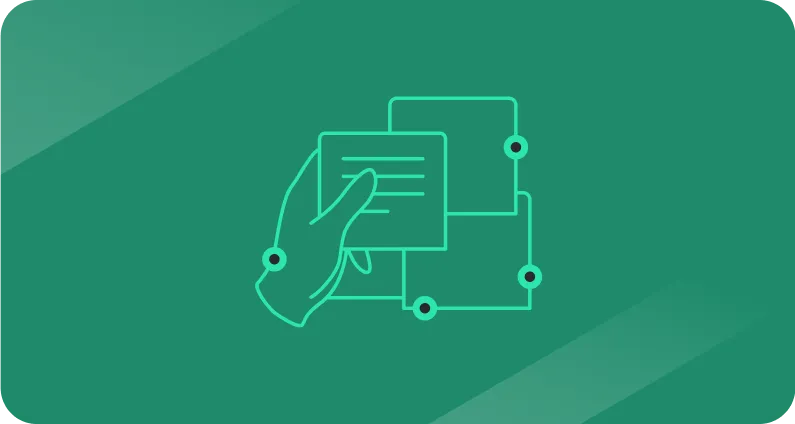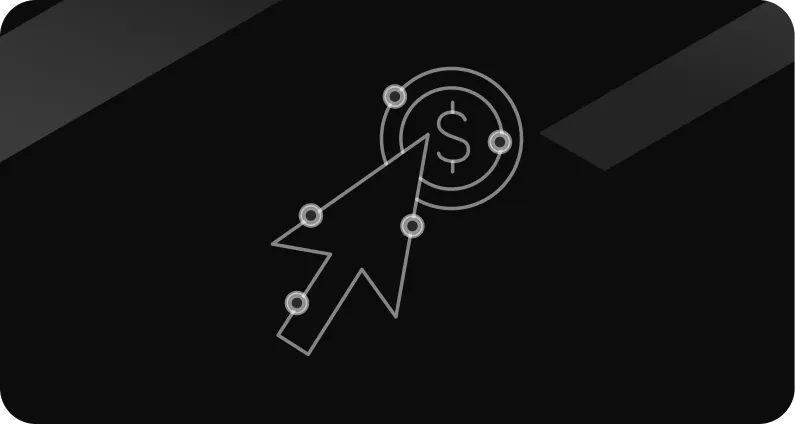Connect Outlook to HubSpot in minutes: easy integration guide
Boost follow-up speed, keep data clean, and build reports that reflect reality.

You’re probably here because you’re thinking about connecting Outlook and HubSpot.
The good news is it isn’t complicated, and the payoff is big.
A sound integration between these two systems can double your follow-up speed and improve the way you manage important data.
Let’s unpack it.
HubSpot & Outlook? Why?
Integrating Outlook with HubSpot keeps your CRM and inbox in lockstep.
Once set up, you get little advantages that add up fast. Before you even hit send, you’ll be able to pull up a contact’s profile and historical info (things like lifecycle stage, opens, likes, etc.)
The HubSpot sprocket sits right in Outlook, letting you lean on templates you and your team crafted for specific ICPs and campaigns.
You can also drop qualified prospects straight into a Sequence right from Outlook (even if you’re on Office 365!)
And when it comes to meetings, it will surely remove a lot of pressure. You simply send the invite, it lands on every calendar, and both sides get reminders without you lifting a finger.
Why is this exciting? Because every interaction is logged back into the HubSpot timeline! Plus, that’s exactly why clean marketing data gives you the obvious edge in CRM performance.
Requirements & compatibility
There are two supported paths, and they’re not interchangeable.
The Outlook desktop add-in is for Windows and requires the Click-to-Run version of Outlook.
It does not work with the Microsoft Store build of Outlook.
Some advanced sales features also require a fully Connected Inbox in HubSpot. If your setup also involves Salesforce, it’s worth knowing how to align HubSpot and Salesforce without breaking your pipeline.
The Office 365 add-in is for Outlook on the web (and modern desktops connected to Microsoft 365).
Choose the path that matches how your team actually works and stick with it.
Check HubSpot’s minimum system requirements before you begin.
Install the Outlook add-in for Windows
- Download & install
Install the Outlook add-in for Windows, run the setup.exe, and restart Outlook. You’ll see a HubSpot ribbon in the top navigation when the add-in is active.
- Sign in and connect your inbox
Sign in to HubSpot from the ribbon, then complete Connected Inbox so tracking and logging work end-to-end. Without a connected inbox, some sales features won’t light up.
- Verify your composer
Open a new email. You should see the HubSpot sprocket icon and options to Log and Track. Toggle them on for external emails so engagement writes back to HubSpot automatically.
Use the office 365 add-in on the web
- Add from appsource or deploy centrally
If you live in Outlook on the web (Office 365), add the HubSpot add-in from AppSource. Admins can use Centralized Deployment so every user gets the add-in without manual installs.
- Pin the HubSpot pane
Compose a message and pin the HubSpot pane so profiles, Templates, Sequences, and Meetings are never more than a click away.
Configure logging, tracking & privacy
Open the add-in settings and make deliberate choices.
Turn on Show Contact Profiles so reps get context before sending.
Use Log and Track as defaults for external recipients, and build a Never Log list for internal domains, legal, or sensitive contacts you don’t want in the CRM.
Choose your automatic associations, Contacts, Companies, Deals, and Tickets - so your emails land on the right objects every time.
Calendar, meetings, and notifications
Sync your Outlook and HubSpot calendars so booked meetings show up instantly in both systems.
Use HubSpot Meetings links when proposing times; you’ll reduce back-and-forth and keep records tidy.
If your team uses Microsoft Teams, enable HubSpot notifications so open, click, and reply alerts surface where you already collaborate.
Reporting, a/b testing, and sequences
Because engagement is logged to HubSpot, you can compare Templates, test subject lines, and iterate Sequences based on open and reply rates without needing spreadsheets.
Start small: ship two Template variants, watch the metrics in HubSpot Reports, and promote the winner.
Over time, your Sequences will become a compounding asset. For more detail on optimizing campaigns inside HubSpot, check out HubSpot’s official integration documentation.
Troubleshooting & quick checks
If the HubSpot ribbon is missing in Windows, confirm you’re not on the Microsoft Store version of Outlook and that Click-to-Run is enabled.
If logging seems inconsistent, verify Connected Inbox status in HubSpot and re-authenticate.
When users can’t find the add-in in Office 365, deploy it centrally from the Microsoft 365 admin center and confirm they’re using the supported Outlook experience.
As a rule, pick one add-in path per environment and avoid mixing them.
Ensure the longevity of your integration
You need to set team norms so everyone knows what gets logged, what never does, which Templates are approved, and when to enroll a lead into a Sequence.
Try to keep the defaults simple and stable, and review a sample of logged emails at least once a week.
Outsource the grind
If your Outlook–HubSpot setup needs work, or your team is constantly wrestling with the tools, we can help straighten it out.
We work with high-growth companies, keeping the whole revenue engine running smoothly with clean data, connected platforms, and reports that reflect reality.
We put the guardrails in place, like inbox standards and logging policies, so the basics stop breaking. RevBlack’s built to solve these problems at scale. Book a call with Tate to get moving.


